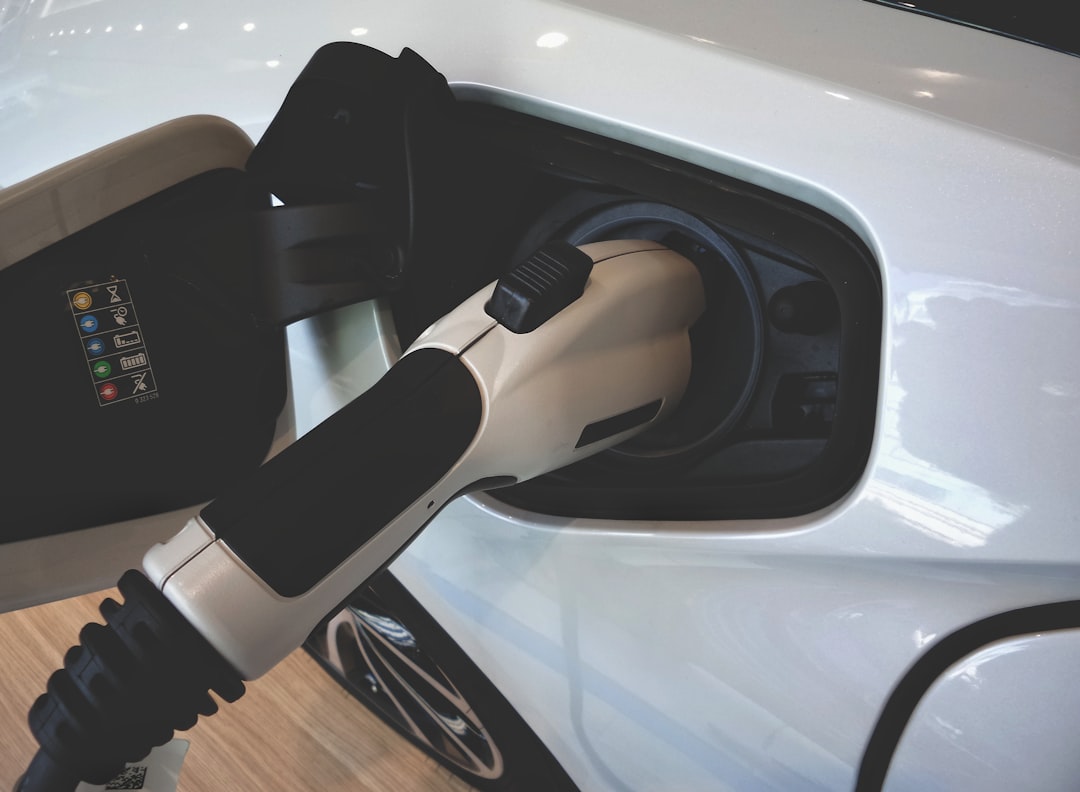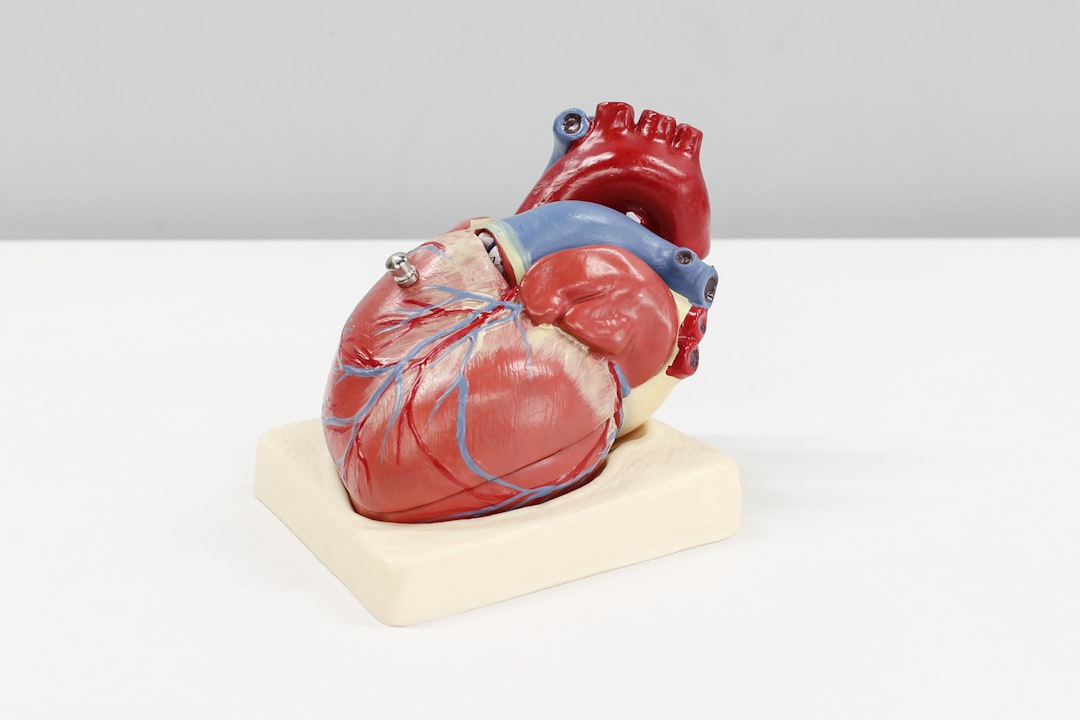What is it about?
Molecular self-assembly is the process of making organised structure through the inherent properties and interactions between the building blocks – all by itself. These systems are attractive because they can build uniform, functional units or arrays which can be exploited at meso- and macroscopic scale for both lifescience and non-lifescience applications. This paper gives a mini review on the key factors that affecting the self-assembly behaviours such as the effects of energy, pH, temperature, critical self-assembly concentration and the influence of salts to the overall electrostatic interactions of the peptide.
Featured Image
Why is it important?
This paper gives an introductory guide and easy-to-understand overview on the key parameters that involved in molecular self-assembly. It discusses some of the fundamental approaches in creating and controlling functional self-assembled materials.
Read the Original
This page is a summary of: Self-Assembly of Peptide Amphiphiles: Molecularly Engineered Bionanomaterials, Advanced Materials Research, July 2015, Trans Tech Publications,
DOI: 10.4028/www.scientific.net/amr.1113.586.
You can read the full text:
Contributors
The following have contributed to this page










